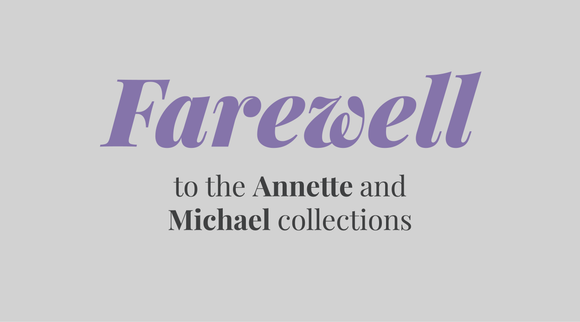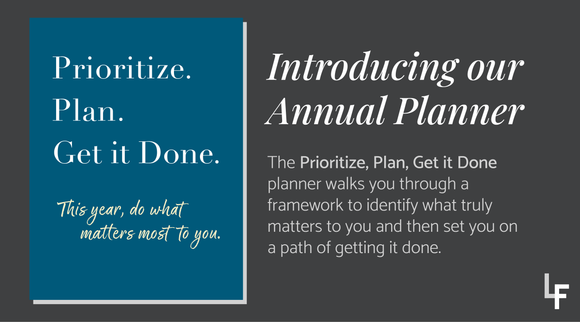
The Case for Minimum Scalable Product
Kim Ehrman
With my day job in the business transformation space, I hear a lot of talk about minimum viable product. This is usually from someone in a management capacity trying to speed up the timeline (when can we get MVP released?) or from someone in more of a development role trying to get those managers out of their business (let's just get MVP done, and then we can talk about more bells and whistles).
I even bumped into MVP unexpectedly in my weekend reading: the latest Bartleby, a work and management column in the Economist, listed several reasons it's okay not to be perfect at work, including how many companies think about product development. They write:
The essence of the MVP approach is anti-perfectionism: don’t procrastinate, don’t spend time sweating the tiniest details, get your product into users’ hands and see how it does. Fussing about font sizes and nice-to-have features is a waste of time; the market will hone things for you, dispensing its judgments cumulatively and dispassionately.
This paragraph prompted such a strong reaction that I found myself reading but not taking in the subsequent words. I really don't like the MVP framing of product development, for two main reasons: if something is too rough and ready, it doesn't get a fair chance to succeed, and what happens if you succeed but haven't thought about scaling it?
To start, first interactions with a new product matter. We can poo poo font size (though I'm going to fight for caring about font types!) and extra features, but if a new product is a drag to get through, or it's too confusing to use, we may not make it through to getting the helpful feedback that can make the product better. Am I the only one who, upon seeing that a company's website or app is dated and difficult to navigate, just gives up on them? Maybe.
I'd argue that we need to include an intuitive enough product experience that people will even give it a chance.
This article from the Mind Studio adds some much-needed nuance to the MVP moniker and adds in the concepts of Minimal Marketable Product (MMP) and Minimum Lovable Product (MLP), with MLP adding in focusing on the user (rather than the business) and both solving a problem and creating an emotional connection.
They close with:
At Mind Studios, we prefer working with MLPs because of the benefits they offer. We find this is the most successful method of development. After all, if you think about it, a lovable product is both viable and marketable.
Hear hear! And I'd argue that, particularly in the business transformation space where we're asking people to make significant changes in their everyday activities, we need to give people something to love in order to get them to adopt the new set of processes and solutions.
Focusing on my experience with Lavender Finch, I aim to create lovable products and, particularly since this is a side hustle, I want to create scalable processes and offerings from the get-go. I call this a minimum scalable product, and it's been my goal since launching the company last year.
This does take a bit more effort at the start, though it's still an iterative learn-as-you-go approach. Let's use custom orders as an example.
- I'm always my first customer, so I created custom thank-you postcards with Lavender Finch branding, testing the product creation process but not ordering and pricing. Let's call this minimum viable product.
- The first real custom order was with a dear friend (and now boss!) who received one of those custom thank-you postcards and asked for some with his company branding. I used my cards as a template of sorts, sent too many emails asking for branding materials and feedback, and used a custom order through Shopify to complete the transaction. Okay, but I still think this barely meets the minimum marketable product distinction.
- With these experiences in hand, I set up the custom order process, using a couple of webpages and forms to gather much clearer information up front, put it all into a design brief, schedule design review calls, etc. Another friend tested this out, and it went fairly well except that I hadn't figured out my volume printing option (and hadn't asked early enough how many cards she wanted) and ended up sending her an Uber Eats gift card after figuring out that we should have sent her cards out for bulk printing to get a meaningful discount. BUT she and those who've received the cards have said really nice things, so this might just make it to minimum lovable product stage.
- After some hard-learned lessons on bulk printing and pricing, I updated the custom offering page with much clearer guidance. Now I'd argue that we've made it to minimum scalable product, where I can keep doing what I'm doing for at least the medium term. There's of course room to learn and improve over time, but I've got a sufficiently scalable foundation to work from.
From my perspective, minimum scalable product is the goal.
PixelPixel describes this well in their article What's a Minimum Scalable Product?
Does that mean bye-bye MVP, hello MSP? Not quite. MVPs have a purpose and place. A minimum viable product is made up of core features for the product to deploy and nothing more.
All startups should still develop MVPs. But on top of that, they should make them MSPs.
Your action from this post should be to reinvent your timeline of product development to put scalability as a huge checkbox. This means, when it’s time to scale, it will be easier to build on stable ground than have to tear down entire structures to fix bad flooring.
Yes please! I appreciate their framing (and restraint; okay, let's not throw away minimum viable product entirely) around planning for scalability.
That's what I'll keep aiming for!



